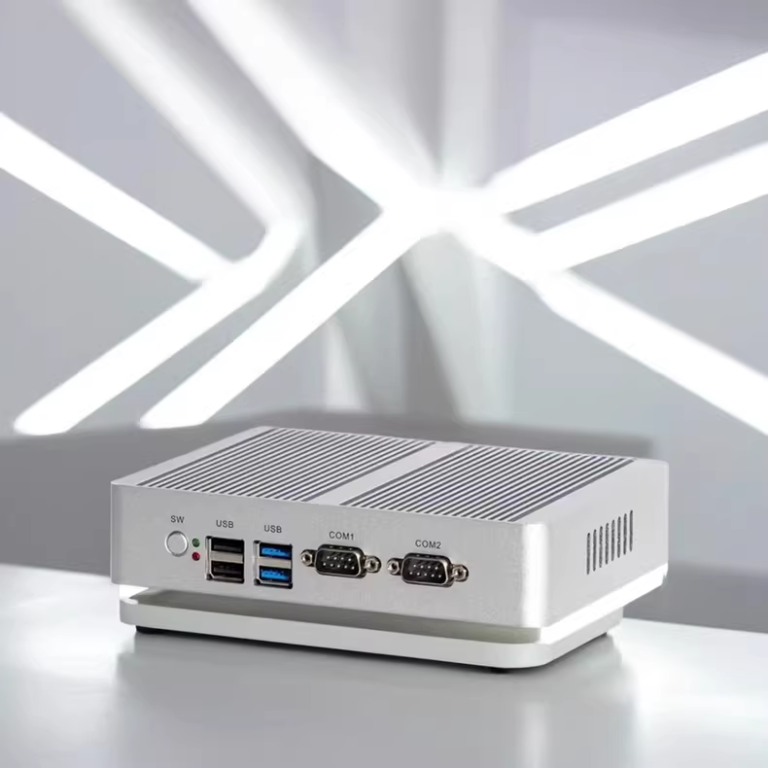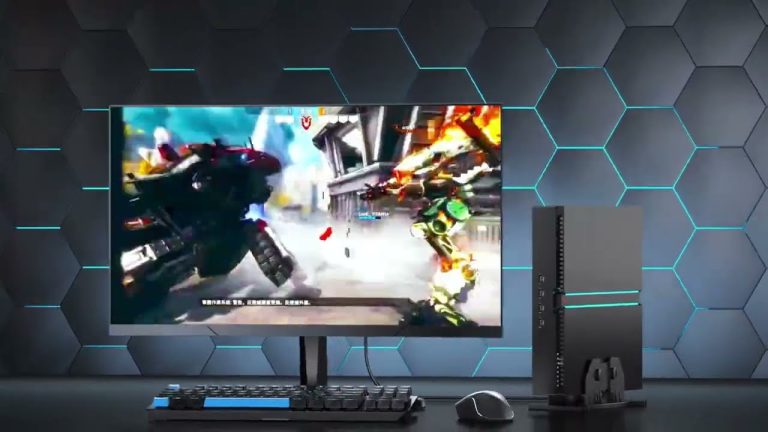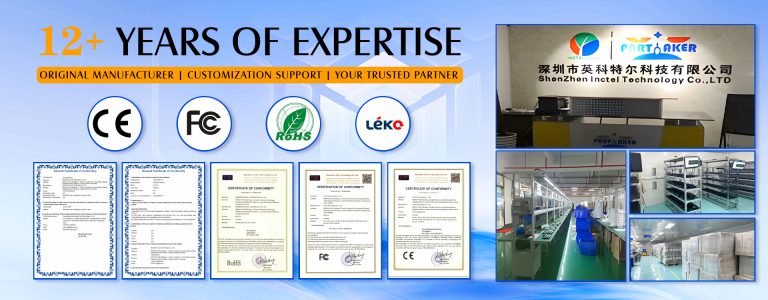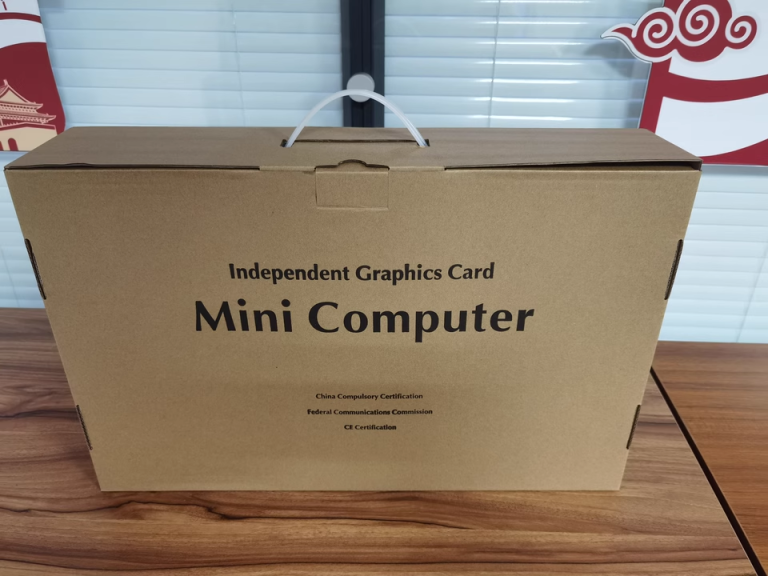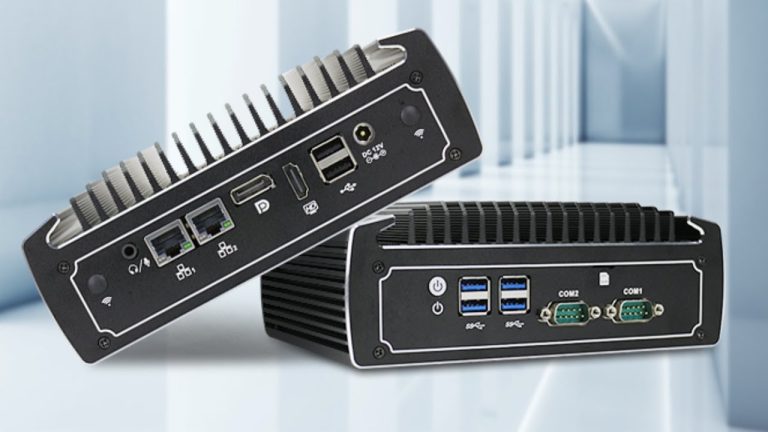When choosing a computer for coding, many developers default to traditional desktops or high-performance laptops. However, there’s been growing interest in mini PCs as an alternative. Compact, affordable, and energy-efficient, mini PCs are often marketed as versatile devices that can handle various computing tasks. But are they truly good for coding? Yes, it can handle coding. Read on to find out more.
Requirements of a Mini PC Used for Coding
| Requirement | Description |
|---|---|
| Processing Power | Mini PCs often have Intel Core i5 or i7 processors suitable for most coding tasks. Suitable for web development, mobile app creation, and lighter coding tasks. |
| RAM (Memory) | Typically comes with 8GB or 16GB of RAM, adequate for most development needs. Upgradeable in some models for tasks requiring more memory. |
| Storage | Equipped with SSDs starting at 256GB or 512GB. External storage or cloud solutions may be necessary for large projects. |
| Graphics and Display | Often equipped with integrated graphics sufficient for general coding. Supports multiple monitors, beneficial for multitasking and enhanced productivity. |
| Portability | Compact and easy to transport, fits into small bags. Provides flexibility to set up a workstation in various locations, offering more mobility than desktops. |
Depending on the type of development work being done, you may need considerable processing power, memory, and storage. Several components must be evaluated when considering whether a mini PC is a viable option for programming.
Processing Power
Compiling, testing, and executing code in various environments are common tasks associated with coding. This can be especially difficult for large-scale projects or applications that call for sophisticated algorithms. For example, having a good processor is essential if you’re compiling code for languages like Java or C++, which require a compilation step prior to execution. Furthermore, a strong CPU and GPU may be required by developers working on machine learning, data analysis, or game development in order to train models or render graphics effectively.
While high-end desktops often come with multi-core processors capable of handling the most resource-intensive tasks, many mini PCs are equipped with processors that, though not as powerful, can still manage many coding tasks. Most mini PCs come with Intel Core i5 or i7 processors, which can comfortably handle regular development work, from web development to mobile app creation. For those engaged in lighter coding tasks, such as scripting or front-end development, the lower-end processors found in more affordable mini PCs may suffice.
RAM (Memory)
Random Access Memory, or RAM, is another critical component for coding. Performance can be greatly impacted by the RAM on your computer, particularly when multitasking or working on big projects. A significant amount of RAM can be used by contemporary development environments like Visual Studio Code, Android Studio, or even a powerful text editor like Sublime Text. Furthermore, to keep your computer from slowing down when running numerous programs, such as databases, virtual machines, or browsers, you’ll need enough RAM.
Most mini PCs today come with 8GB or 16GB of RAM, which is generally sufficient for most coding tasks. However, for those who work on particularly resource-hungry projects—like running virtual machines or handling massive datasets—16GB or more is often recommended. While many mini PCs allow users to upgrade RAM, it’s worth noting that not all models are designed for easy upgrades. So you have to choose your RAM based on your needs.
Storage
When it comes to storage, coding projects can vary widely in size. A few gigabytes might be all that’s needed for a simple web development project, but larger datasets, multimedia files, and multiple environments can require much more space. Furthermore, a quick storage solution can greatly enhance your computer’s performance. The speed difference between Solid State Drives (SSDs) and conventional Hard Disk Drives (HDDs) can be especially noticeable when loading libraries, searching files, or launching your development environment.
Most mini PCs come equipped with SSDs, often starting at 256GB or 512GB. For many coding tasks, this is more than adequate. However, if you’re working on particularly large projects, external storage or cloud solutions may be necessary.
Graphics and Display
For developers working in fields like game development or 3D modeling, the quality of a computer’s graphics card can be just as important as its processing power. Many mini PCs are equipped with integrated graphics, which are typically less powerful than dedicated GPUs found in high-end desktops or gaming laptops. However, some mini PCs now offer configurations with more capable GPUs, though these models tend to be more expensive.
For general coding, such as web or mobile development, integrated graphics are usually sufficient. Moreover, most mini PCs support multiple monitors, which is essential for developers who prefer to spread their work across multiple screens. A dual-monitor setup can significantly enhance productivity, allowing you to view code on one screen while displaying output or documentation on another.
Portability
One of the most significant advantages of mini PCs is their portability. Developers who travel frequently, or those who enjoy a more flexible work environment, may appreciate how easy it is to carry a mini PC. Unlike a traditional desktop, which is bulky and stationary, a mini PC can fit into a small bag and be set up almost anywhere. This portability makes it a practical choice for developers who want the flexibility to work in different locations without relying solely on a laptop. In this respect, a mini PC offers more flexibility than larger systems, though it may not replace the convenience of a laptop.
What Coding Is a Mini PC Capable Of?
| Coding Task | Suitability and Capabilities |
|---|---|
| Web Development | Excellent choice for HTML, CSS, JavaScript, and frameworks like React, Angular, and Vue.js. Can run text editors, code compilers, and browsers easily. |
| Mobile Development | Suitable for building apps in Swift or Kotlin. Runs Android Studio or Xcode on mid-range models with 16GB RAM and a decent processor. |
| Scripting & Automation | Easily handles scripting languages like Python and Bash. Suitable for smaller-scale projects requiring minimal computational resources. |
| Data Science & Machine Learning | Handles lightweight data analysis but struggles with large datasets and model training. Higher-end models with powerful GPUs are needed for intensive tasks. |
| Game Development & Graphics Programming | Integrated graphics suffice for basic tasks; higher-end models needed for complex 3D rendering and game engines like Unity or Unreal Engine. |
Web Development
For web developers, a mini PC can be an excellent choice. The hardware requirements for web development are generally less demanding than for other types of programming. Most mini PCs, even at the lower end of the spectrum, can run text editors, code compilers, and browsers without difficulty. HTML, CSS, JavaScript, and other web languages do not require significant computational power. Furthermore, developers working with frameworks like React, Angular, or Vue.js will find that most mini PCs can handle their workflow without any major issues.
Mobile Development
When it comes to mobile development, mini PCs can also be suitable, especially for building apps in languages like Swift or Kotlin. Popular mobile development environments such as Android Studio or Xcode require more resources than web development tools but can still run efficiently on a mid-range mini PC with 16GB of RAM and a decent processor. Compilation times might be slightly longer compared to high-end machines, but the trade-off in cost and portability may be worth it for many developers.
Scripting and Automation
A mini PC can easily handle smaller projects like automation, scripting, and light programming. Python, Bash, and other scripting language users will find that a mini PC is more than capable of handling their requirements. Because these tasks don’t call for a lot of RAM or processing power, a mini PC is an affordable and useful option.
Data Science and Machine Learning
Data science and machine learning are, however, a different story. Large dataset processing and machine learning model training are common tasks in these two domains, both of which call for substantial processing and memory resources. More resource-intensive machine learning tasks will probably require a more powerful machine with a high-end GPU and significant RAM, even though some simple data analysis tasks might function well on a small PC. Even with their high price tags, some mini PCs with more powerful GPUs may not be able to match the power of a dedicated workstation or full-sized desktop.
Game Development and Graphics Programming
Developers working in game development or other areas that require advanced graphics capabilities will need to consider their choice of mini PC more carefully. Many mini PCs come with integrated graphics, which are generally not sufficient for rendering complex 3D environments or running game engines like Unity or Unreal Engine efficiently. However, some higher-end mini PCs offer dedicated GPUs that can handle game development tasks reasonably well. These models are more expensive and less portable but may still appeal to those who prioritize compactness over power.
Final Words
A mini PC would suit most of the coding purposes. For those developers who engage in web development, mobile app creation, or plain scripting, mini PCs provide the required power at lower cost and more portability than their full-fledged desktop cousins. Those whose work involves more intense processes-machine learning, data science, or game development-may find themselves needing to opt for a more powerful setup.







